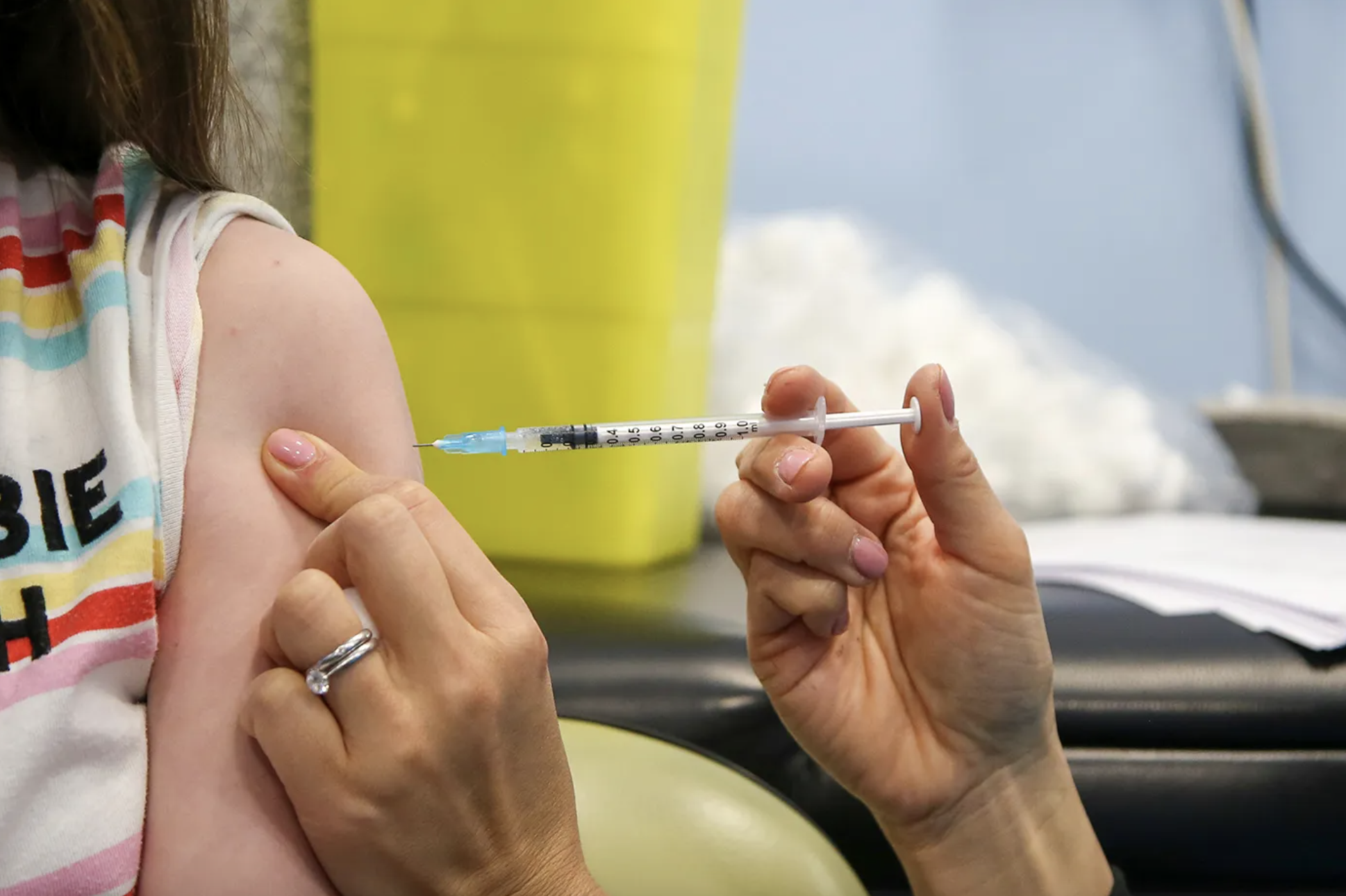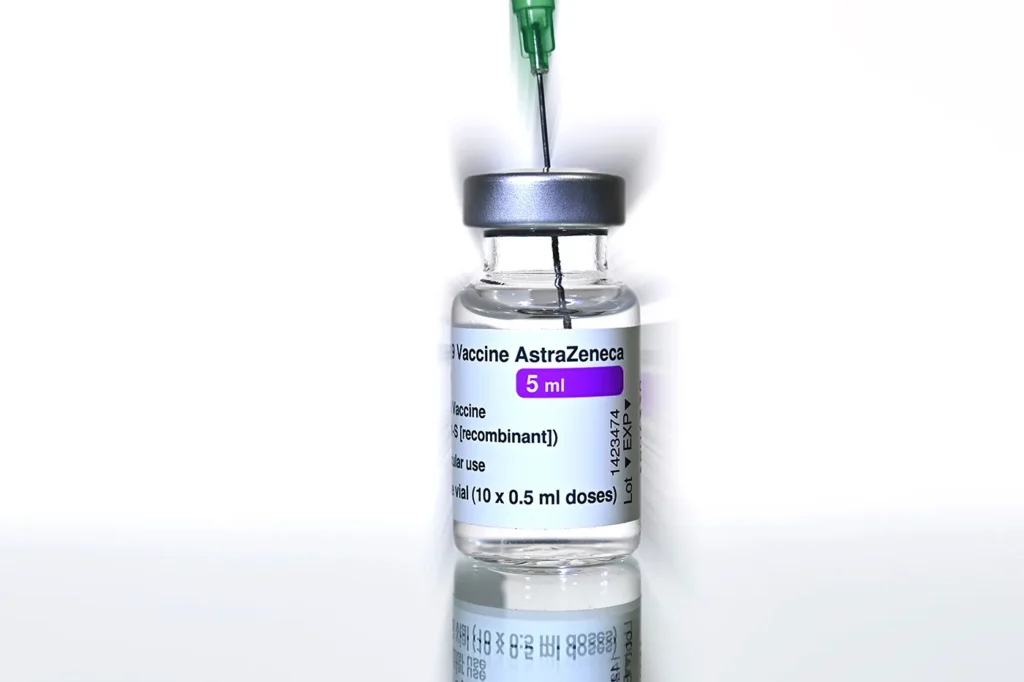By Erin Kayata
At the start of the 2019-2020 school year, vaccination rates for incoming kindergartners across the country were about 95%, according to the Centers for Disease Control and Prevention. At the start of 2022-2023 school year, this coverage dipped to 93%.
While the drop may seem small, it represents hundreds of thousands of children and a slip away from herd immunity for diseases like the measles, according to Neil Maniar, professor of the practice in health sciences at Northeastern University. This places people who cannot be immunized for medical reasons at risk of getting the measles, which is highly contagious and can lead to severe illness.
“In order to have herd immunity for the measles, you need 95% of the population immunized and in areas where we have childhood vaccination rates that have dropped down to 93% or even lower, it means that we’re not even reaching the threshold for herd immunity for some of these critical vaccinations,” Maniar said. “That is definitely troubling.”
The CDC reported that in the 2022-2023 school year, national coverage for the measles, mumps, rubella and polio was at 93.1%. The overall national exemption rate for vaccines increased to 3%, with 10 states having over 10% of incoming kindergartners with vaccine exemptions. Exemptions increased in 41 states nationwide.




